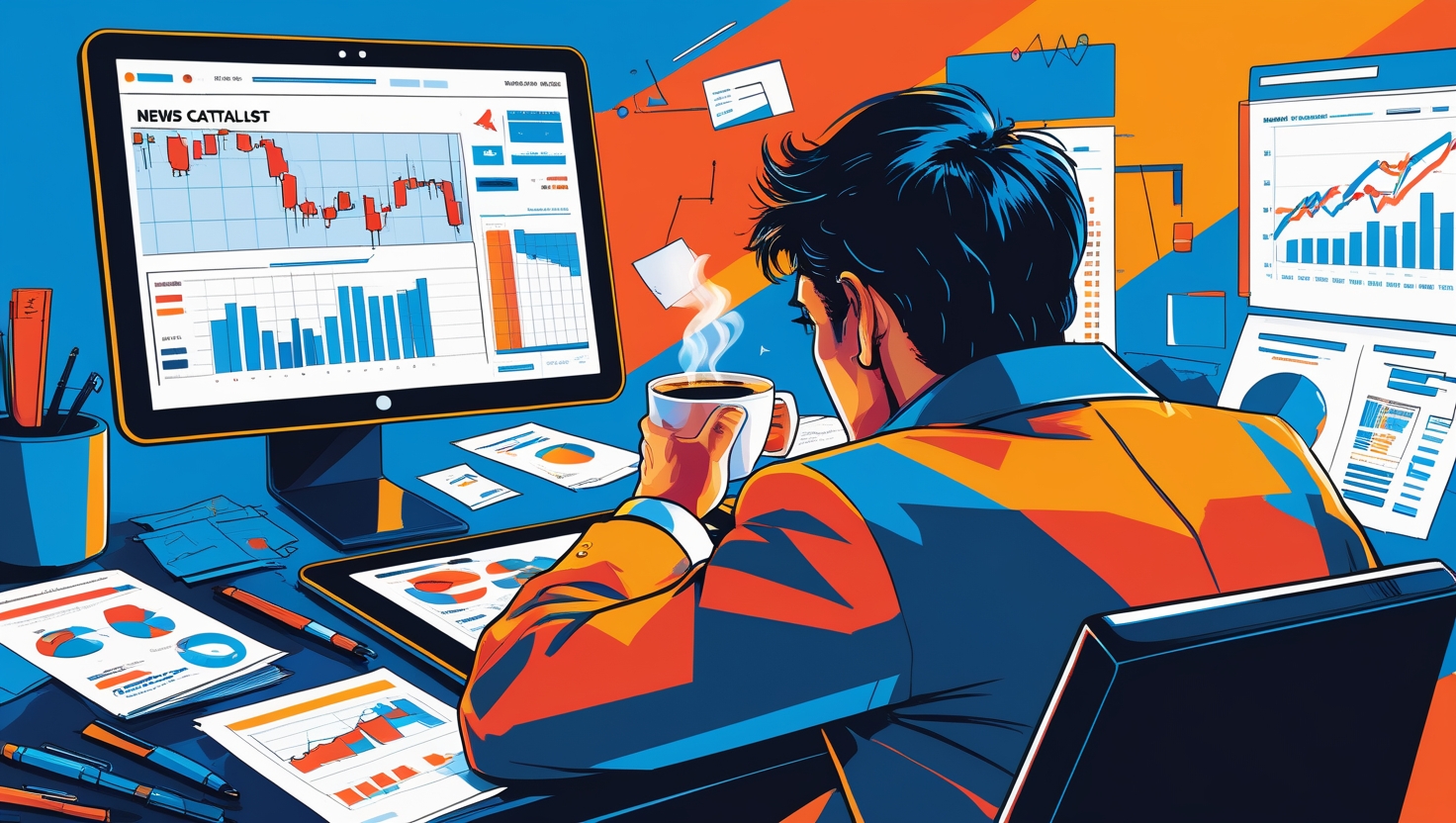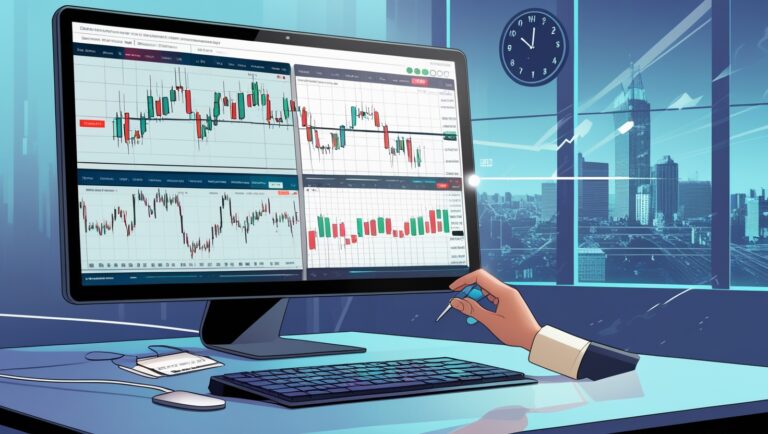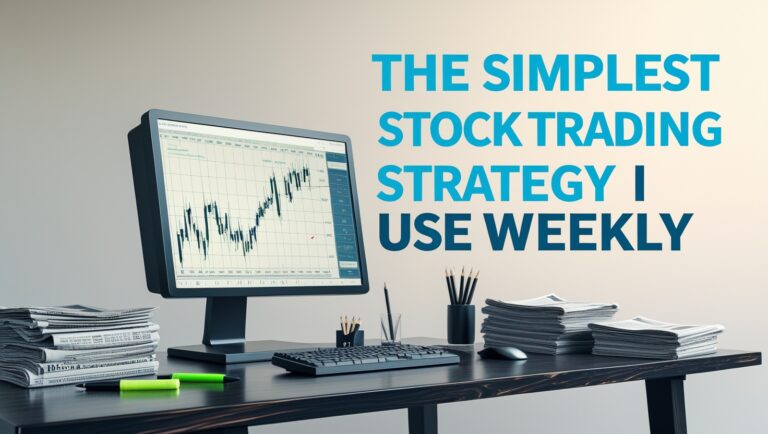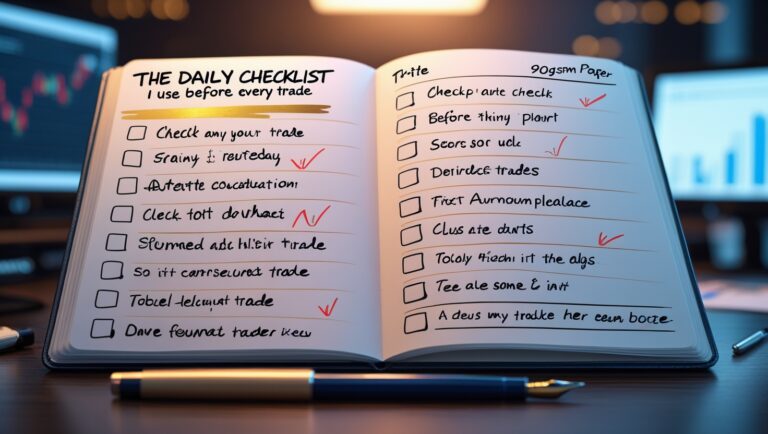What I Look for in a News Catalyst Before Entering a Trade
What I Look for in a News Catalyst Before Entering a Trade
Trading off news catalysts sounds simple — something drops, stock moves, you jump in. But that kind of reactionary trading can wreck your account if you don’t know what to look for.
Over time, I learned that not all news is equal. Some headlines move the market. Others create a quick spike and dump. So before I trade based on news, I run through a few mental checkpoints to see if it’s actually a setup worth taking.
Here’s exactly what I look for in a news catalyst before entering a trade.

Table of Contents
1. Is the News Fresh and Relevant?
The first thing I ask is: Is this breaking news, or is the market already over it? I want to see something new, impactful, and relevant to the stock. A recycled article from two days ago isn’t going to move anything.
Fresh catalysts — like earnings, FDA approvals, big partnerships, or high-profile upgrades — have real power. I’m not reacting to headlines from last week. Timeliness is everything.
2. Is There Real Volume Behind the Move?
I never trust news without volume to back it up. If a stock is moving on a headline but the volume is weak, it’s probably just retail chasing — not a sustainable move.
If the volume spikes in the premarket or right after the open, that tells me bigger money is involved. That’s when I start to pay attention. Price action plus volume equals confirmation.
3. Does the Stock Have Room to Run?
Before I jump in, I always check the chart. I want to see clear support and resistance zones and ask:
- Is this a breakout over a key level?
- Is there range above for it to move?
- Are we near highs or trapped under heavy resistance?
Even good news can get stuck in a bad chart. I only want to enter if the catalyst lines up with technical structure.
4. Is the Reaction Overdone?
Sometimes the initial move is too aggressive, and chasing it means buying into a top. So I wait for a pullback or base formation before entering.
If it’s a real catalyst, the move will hold or set up again. If it’s fluff, it’ll fade fast. I let the chart confirm the story — I don’t guess.
5. Does It Fit My System?
I don’t care how good the news sounds if it doesn’t fit my plan. I’ve seen too many traders blow up chasing headlines without rules.
If the setup isn’t clean, the volume isn’t there, or the risk/reward doesn’t make sense — I skip it. That kind of discipline saved me more money than any news ever made me.
Want to Learn How I Trade News Without Guessing?
I share my entire process — how I filter news, plan trades, and stay disciplined — in my ebook:
Inside, I break down how I trade off catalysts with structure, how I avoid getting faked out, and how I focus on clean setups backed by real momentum — not hype.
Final Thoughts
News trading can be powerful — or dangerous. It all depends on how you process the information. Don’t just trade the headline. Trade the reaction, the structure, and the volume behind it.
And most importantly, trade with a plan. Let the news give you the idea, but let your system give you the green light.
I’ve learned that not all headlines are trade-worthy. Some news drops are designed more to stir attention than to actually move price in a meaningful way. That’s why I don’t just ask what the news is — I ask why it matters. If I can’t clearly connect the headline to potential market impact, I skip it.
For example, a small-cap stock announcing a “strategic review” or vague partnership isn’t the same as a big name landing a multimillion-dollar contract. The weight of the news matters. I need something that moves sentiment — not just noise.
Another thing I look at is market context. Even strong news can fall flat in a weak market. If overall sentiment is bearish, even a solid catalyst might not hold up. That’s why I pay attention to macro conditions, sector strength, and whether the market is risk-on or risk-off before trusting any move.
I also pay attention to how fast the stock moved after the news. If it spiked 20% in two minutes, I’m cautious. That’s usually emotional chasing — not an ideal entry. I’d rather wait for the volume to settle and look for a proper flag, consolidation, or pullback to a support zone.
One of my personal rules is to avoid trading news blindly. If I don’t understand the story or I can’t read the price action clearly, I stay out. Trading news without structure is just gambling with headlines — and I’ve been burned too many times doing that in the past.
Another key I’ve learned is to watch how the stock reacts to the news — not just the news itself. Sometimes great news gets sold into immediately. That tells me big money was already in and is now locking profits. I don’t want to be the one left holding the bag.
On the flip side, if the news drops and price holds or starts flagging above a key level, that’s a sign of accumulation and strength. That’s where I start looking for my entry. But I never jump in just because something is “up on news.” It has to prove itself first.
I’ve also developed a habit of marking key reaction levels on the chart as soon as news drops. That way, I know where buyers stepped in, where sellers hit it, and where the stock might revisit. These levels become my trade zones — not random entries.
One mistake I used to make was getting too excited by headlines without zooming out. Now, I always ask: Is this news a real game-changer? Or is it just short-term hype? That clarity keeps me from trading emotionally.
And if I’m ever unsure — I simply don’t trade it. No setup, no trade. That rule alone has protected me from dozens of bad decisions. I remind myself daily: the best trade is sometimes no trade at all.
If you’re trying to build a process around news plays, I break mine down in my ebook:
👉 Pay Your Bills with Stocks
It includes how I analyze catalysts, find momentum backed by real structure, and manage risk without overreacting to the hype.
News can be an edge — but only if you approach it with patience, confirmation, and discipline. Let the amateurs chase headlines. You wait for setups.

Stay ahead in the stock market! Subscribe to our newsletter and receive exclusive stock flow reports, trading insights, and actionable tips directly in your inbox. Join thousands of traders who get our updates first.








18 Comments